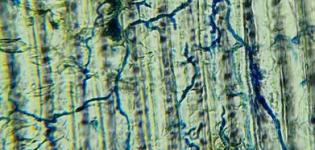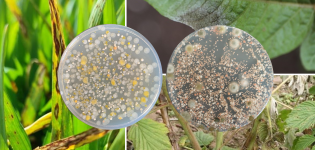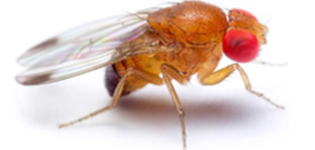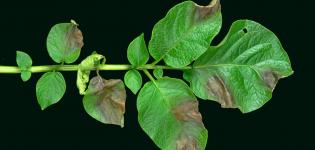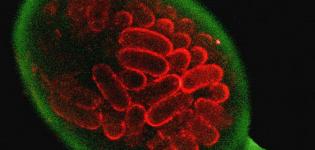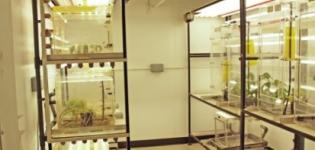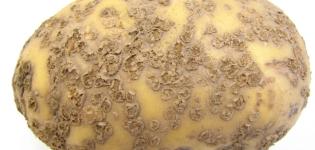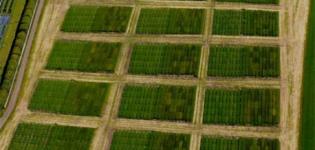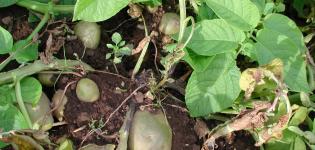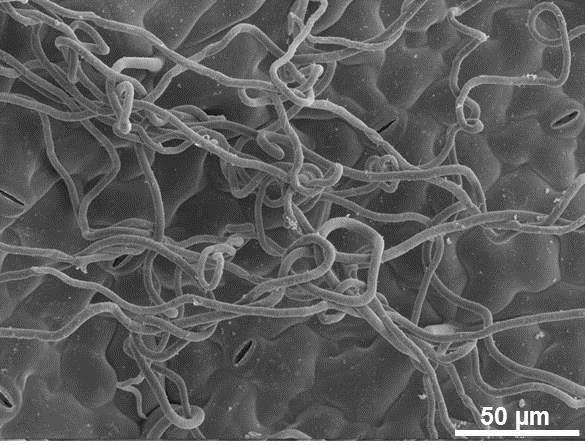 Pest and disease damage in soft fruit plantations can lead to significant yield loss, costing the industry millions of pounds annually. Current soft fruit breeding programmes have not fully exploited plant traits that confer resistance to, or tolerance of, the most damaging pests and diseases. Recent research to characterise genotypic variation in root and shoot physical traits of raspberry has highlighted traits that could be exploited to limit yield losses caused by the most damaging pests and diseases.
Pest and disease damage in soft fruit plantations can lead to significant yield loss, costing the industry millions of pounds annually. Current soft fruit breeding programmes have not fully exploited plant traits that confer resistance to, or tolerance of, the most damaging pests and diseases. Recent research to characterise genotypic variation in root and shoot physical traits of raspberry has highlighted traits that could be exploited to limit yield losses caused by the most damaging pests and diseases.
Enhanced root vigour and large root mass can confer reduced susceptibility to root rot, a destructive disease caused by the oomycete Phytophthora rubi, which infects roots and basal parts of the canes. Root anatomical and chemical defence traits also appear to limit the damage caused by the root-feeding larval stage of vine weevil (Otiorhynchus sulcatus), leading to plant tolerance of this pest.
Reduced photosynthesis and yield caused by two spotted spider mite (Tetranychus urticae) feeding could be ameliorated by growing cultivars with high leaf hair density; our research shows that adults avoid depositing eggs on leaves with dense trichomes. However, infestation by the European large raspberry aphid (Amphorophora ideai), a vector of several plant viruses, is unrelated to leaf trichome density. Instead, aphid populations are suppressed on less vigorous raspberry genotypes.
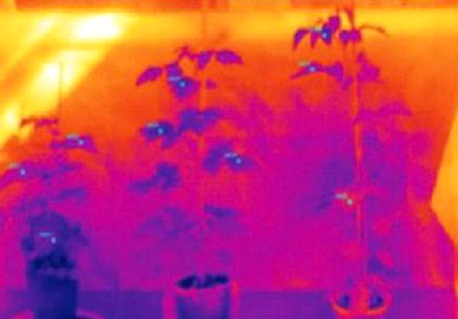 These defensive traits could be incorporated into raspberry breeding for improved pest and disease control. Current work focusses on developing a novel high-throughput field phenotyping platform to facilitate rapid screening of large numbers of plants for desirable traits. The platform uses automated infrared thermography and hyperspectral imaging to detect spectral signatures of plant stress. The imaging system could be used to identify resistant plant genotypes and detect early symptoms of pest and disease damage in soft fruit plantations.
These defensive traits could be incorporated into raspberry breeding for improved pest and disease control. Current work focusses on developing a novel high-throughput field phenotyping platform to facilitate rapid screening of large numbers of plants for desirable traits. The platform uses automated infrared thermography and hyperspectral imaging to detect spectral signatures of plant stress. The imaging system could be used to identify resistant plant genotypes and detect early symptoms of pest and disease damage in soft fruit plantations.
Plant traits for pest and disease control in soft fruit are a tool in the Soft fruit IPM Toolbox.
Contact Alison Karley for further information.
Publications
- Karley AJ, Mitchell C, Brookes C, McNicol J, O’Neill T, Roberts H, Graham J & Johnson SN. 2015. Exploiting physical defence traits for crop protection: leaf trichomes of Rubus idaeus have deterrent effects on spider mites but not aphids. Annals of Applied Biology 168 (2), 159-172.
- Graham J, Hackett CA, Smith K, Karley A, Mitchell C, Roberts H, O’Neill T. 2014. Genetic and environmental regulation of plant architectural traits and opportunities for pest control in raspberry. Annals of Applied Biology, 165, 318-328.
